Feeling Sick on the Road? The Ultimate Cure Might Already Be in Your Headphones
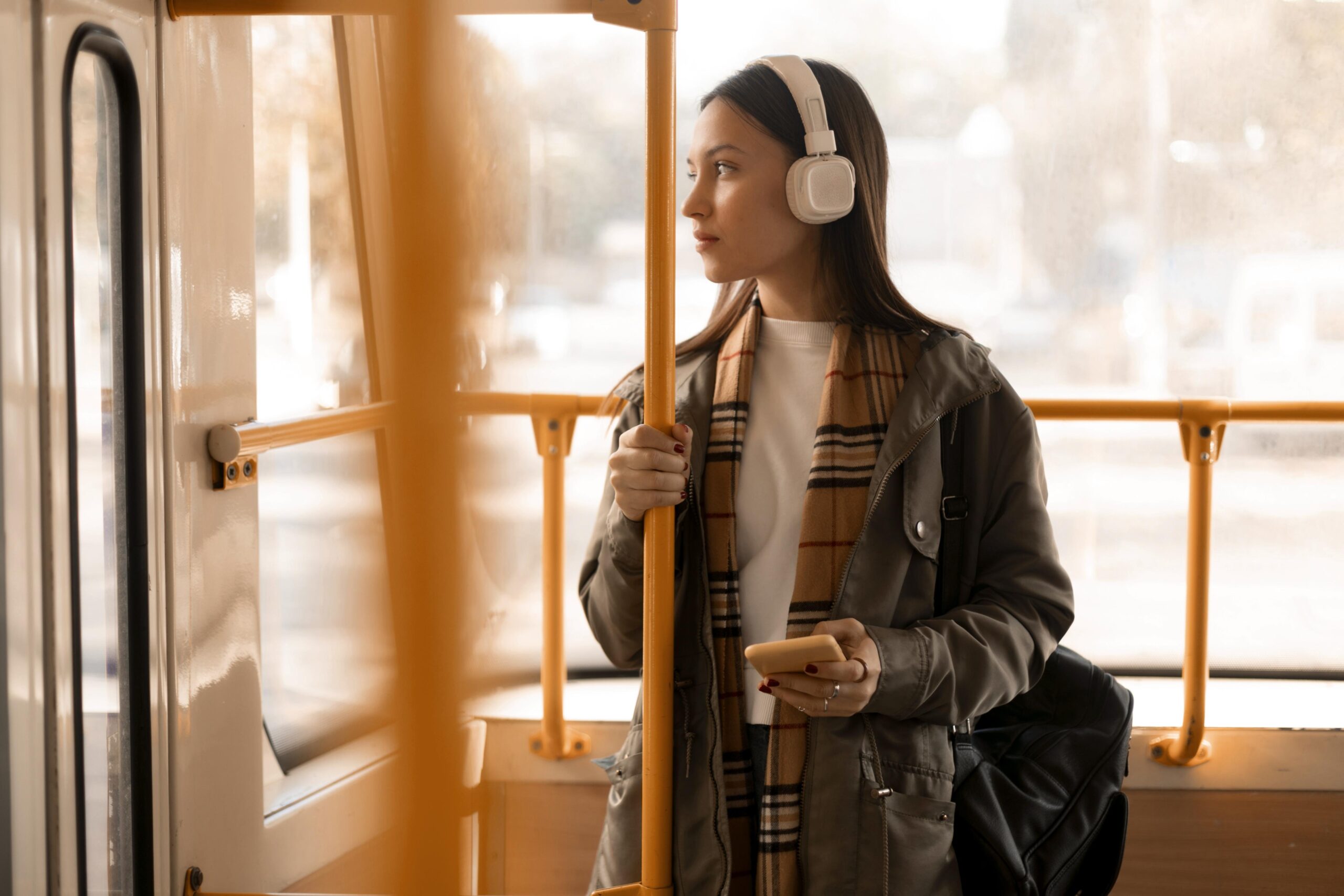
It’s a feeling many of us know all too well: the excitement for a journey suddenly replaced by a wave of dizziness, a cold sweat, and that familiar, queasy feeling of motion sickness. It’s a neurological storm that turns an exciting trip into an ordeal, often leaving you with a difficult choice: endure the sickness or accept the drowsiness from medication. But what if the most powerful remedy wasn’t a pill, but a song? Groundbreaking science is revealing how the right soundtrack can be an unexpectedly potent cure.
Why Travel Makes You Feel Sick

At its core, motion sickness is a major mix-up in your brain. Your eyes, looking at the inside of a car, tell your brain that you’re sitting still. At the same time, the delicate system in your inner ear that controls balance can feel every single bump and turn. Your brain gets these two very different messages and thinks something is wrong. This confusion is what scientists call the “sensory conflict hypothesis,” and it causes your brain to hit the panic button.
This internal alarm triggers your body’s “fight or flight” response, kicking off a nasty feedback loop between your mind and body. The physical dizziness makes you feel anxious, and that anxiety makes the nausea and sickness feel even worse. You feel sick, so you feel anxious, which in turn makes you feel even sicker.
To figure out how to stop this cycle, researchers in China conducted a fascinating study. They put 30 people into a high-tech driving simulator that used a realistic video game (Forza Horizon 5) and a moving machine to perfectly recreate the feeling of getting carsick.
While this was happening, participants wore special caps that could read their brainwave activity, allowing the scientists to see exactly what was happening inside their heads. Once the symptoms started, they played different types of music for sixty seconds to see what would happen. The results were a true revelation.
A Surprising Soundtrack to Stability
The scientific proof, laid out in the journal Frontiers in Human Neuroscience, is compelling. By looking at both the hard data from brain scans and what the participants were actually feeling, the researchers discovered that two kinds of music were clear standouts for helping people feel better, fast:
- Joyful Music: Happy, upbeat tunes took the top spot, cutting down symptoms by an amazing 57.3% in just one minute. That’s like feeling more than halfway back to normal in the time it takes to listen to a single chorus.
- Soft Music: Gentle, calming music was right behind it, making people feel 56.7% better in that same minute. It goes to show that both high-energy happiness and deep calm can quiet the storm of motion sickness.
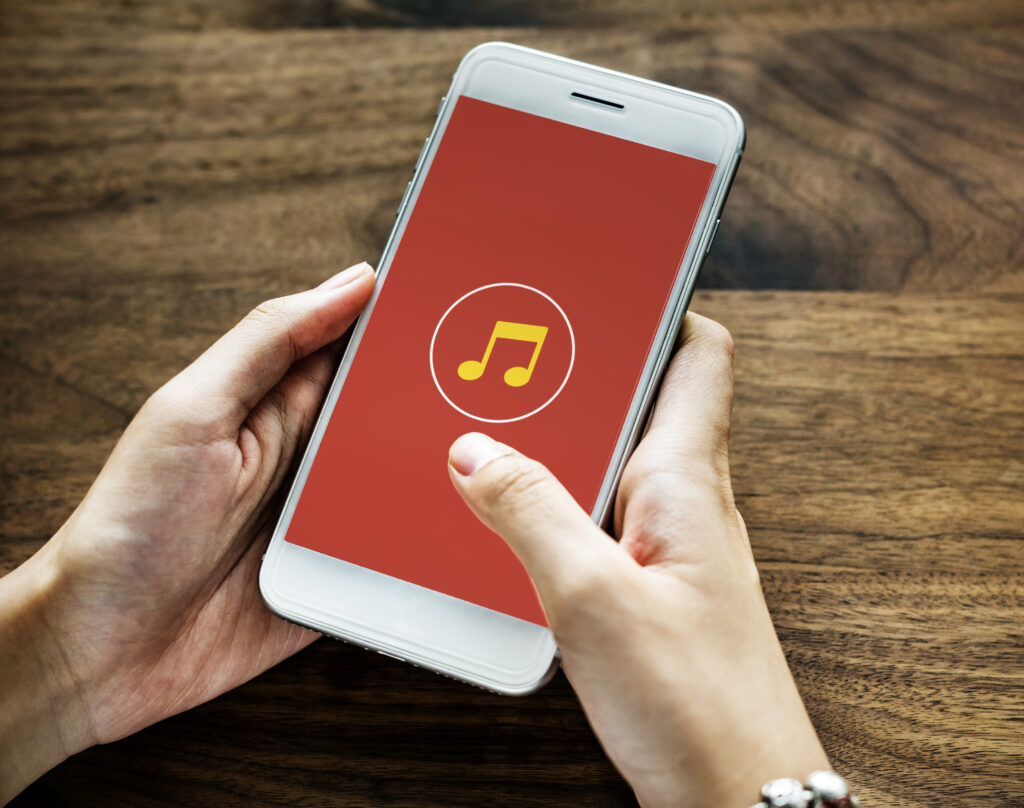
And these results are even more striking when you see what happens without music. The people who just rested for a minute only felt 43.3% better on their own. So, choosing the right song does more than just give you a little boost—it dramatically speeds up your recovery. You’re not just distracting yourself from the problem; you’re giving your brain and body a powerful tool to heal.
But the most stunning part of the study was discovering what didn’t work. The researchers found that sad music actually made people feel worse. Listening to a somber tune resulted in only a 40% improvement—which is less effective than doing nothing at all. Why? It’s because of an effect called “emotional resonance.” Think of it like this: when your body is already feeling low, sad music doesn’t comfort it—it validates the misery. The gloomy feeling of the music syncs up with the sick feeling in your body, creating a feedback loop that drags you down even further and makes it harder for you to find your way back to feeling good.
How Music Rewires the Brain in Real-Time
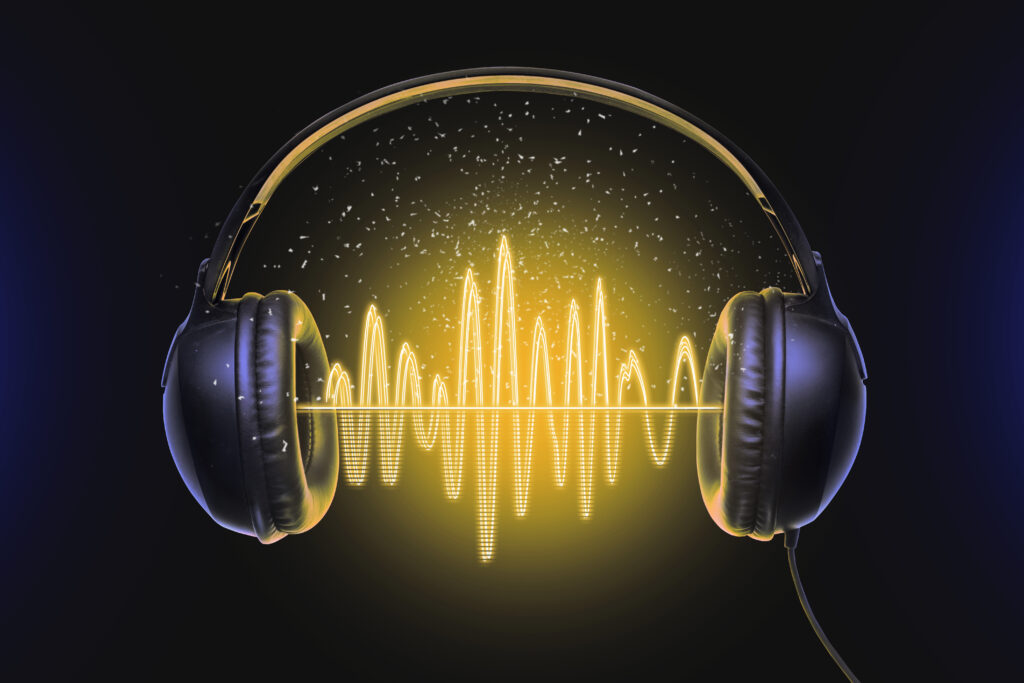
The brilliant part of this study was that scientists could see the proof right in the brainwaves. They focused on the part of the brain at the back of your head that handles everything you see. As people got more motion sick, the brain activity in this area became less complex—a clear sign that the brain was stressed out. As they started to feel better, their brain activity returned to normal.
Joyful and soft music work in two different but equally powerful ways to help the brain fix itself:
- Joyful Music as a Brain Distraction: Upbeat, happy music hijacks your brain’s attention in the best way possible. It lights up the pleasure centers in your brain, releasing feel-good chemicals that boost your mood. This wave of positivity is so powerful that it essentially tells your brain to focus on the good feelings instead of the sick ones.
- Soft Music as a Body Reset: Gentle, calming music works on a deeper level; it’s like a reset button for your body’s stress alarm. It calms your nervous system and tells your “fight or flight” response to stand down. It helps your brain produce more alpha waves, which are linked to feeling calm but awake, and shifts your body into a “rest and relax” mode.
Your Soundtrack to Feeling Better
How do you turn this amazing science into your own personal remedy? It’s about becoming the DJ for your own nervous system and building a playlist with a purpose. Instead of just picking your favorite songs, think about the specific sound qualities that will either distract your brain or calm your body.
For a “Joyful” Playlist
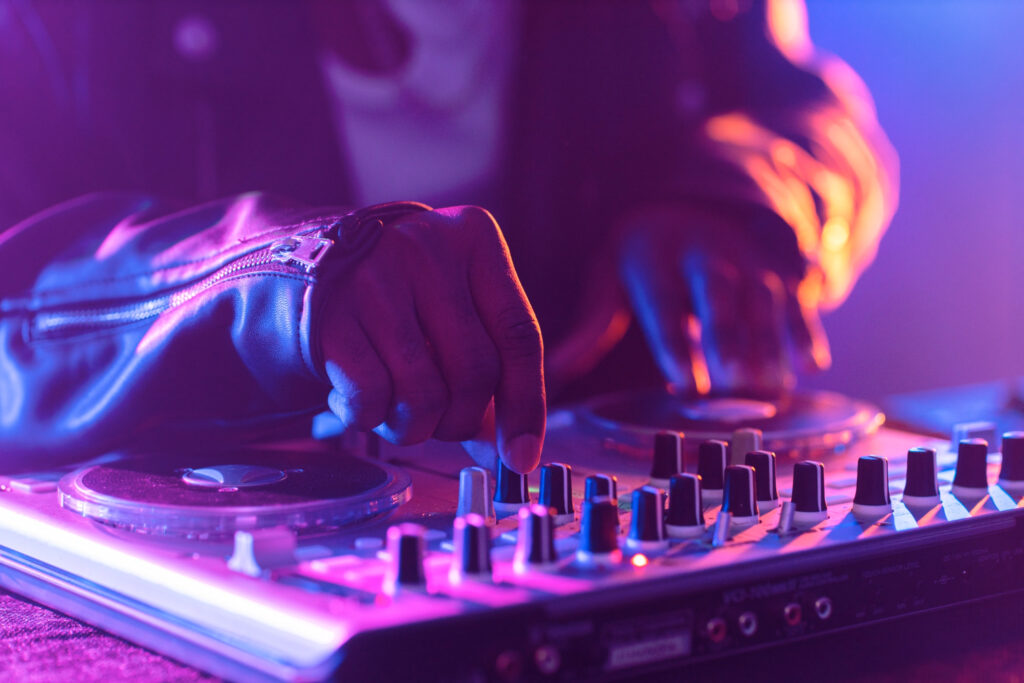
The goal is to lift your spirits so high that the feeling of sickness gets left behind. Look for music with a driving, positive energy. This means songs with a fast tempo—think 120 to 150 beats per minute or more—and a bright, crisp sound. Choosing tracks in a major key is also crucial, as that’s the sound our brains naturally connect with happiness. For inspiration, think of songs like:
- “Don’t Stop Me Now” by Queen
- “Good as Hell” by Lizzo
- “Uptown Funk” by Mark Ronson ft. Bruno Mars
- “Shake It Off” by Taylor Swift
For a “Soft” Playlist
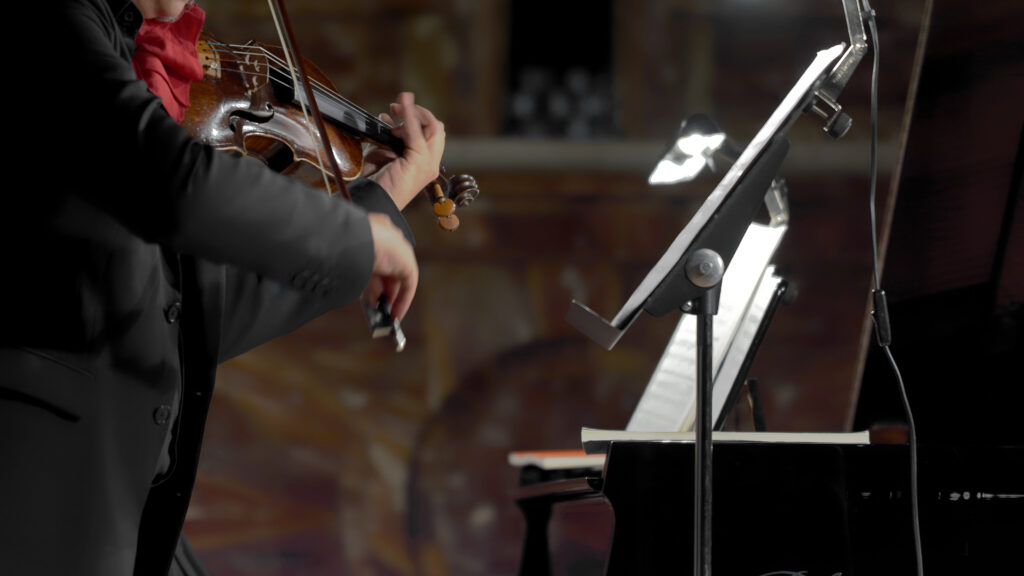
The mission is to bring your body back to a state of calm and balance. The key here is soothing predictability. Search for music with a slow, gentle rhythm that mirrors a resting heart rate, usually between 60 and 100 beats per minute. It’s important that the music maintains a consistent, low volume, without any sudden loud noises that could jolt your system. Simple, instrumental tracks often work wonders. Some great examples include:
- “Clair de Lune” by Claude Debussy
- “Orinoco Flow” by Enya
- “Spiegel im Spiegel” by Arvo Pärt
- “Holocene” by Bon Iver
Of course, while these guidelines are grounded in science, the most critical ingredient is you. A song that you personally find annoying will never be relaxing, no matter its BPM. The best playlists will be the ones that fit these scientific profiles but are also filled with music you genuinely love. So, take some time before your next trip to build these playlists with intention. It’s a small act that can make a world of difference.
Your Playlist, Your Power

This science reveals a truth many of us have felt in our bones: sound is a part of who we are. Music is more than just a pleasant distraction; it’s a key that can unlock a deeper sense of well-being, capable of shifting not just our mood, but our physical experience of the world.
We can dream of a future where smart cars sense our nausea and play the perfect song to make us feel better. But the truth is, you don’t have to wait for that future. You have that power right now. You are the one who knows best what your mind and body need.
So, the next time you prepare for a journey, think of creating your playlist as a profound act of self-care. It’s not just about passing the time; it’s about packing a remedy. It’s a chance to go beyond asking “Do I like this song?” and instead ask, “How does this song make me feel?” When you start listening with your whole self, a simple collection of songs transforms into a powerful tool—a way to find your center, calm the storm, and turn any trip into a more peaceful, harmonious journey.
Source:
- Li, Y., Li, Y., Li, Y., Luo, B., Tang, B., & Yue, Q. (2025b). A study on the mitigating effect of different music types on motion sickness based on EEG analysis. Frontiers in Human Neuroscience, 19. https://doi.org/10.3389/fnhum.2025.1636109
Loading...

